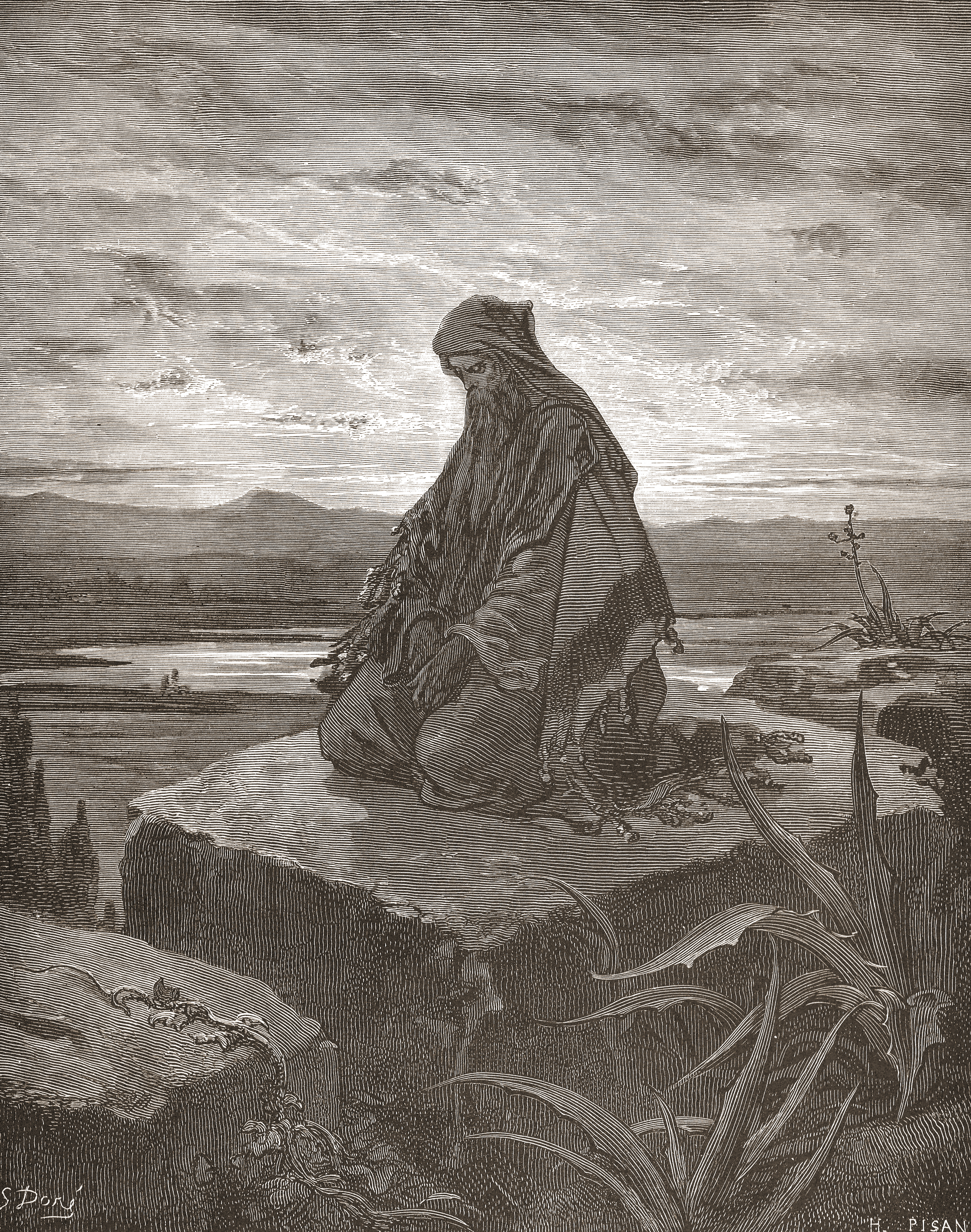Below, an abridged translation from the third volume of
Karlheinz Deschner’s Kriminalgeschichte des Christentums.
In addition to the Old Testament books unjustly attributed to Moses, David, and Solomon, other earlier parts—Judges, Kings, Chronicles, etc.—are also the anonymous products of a much later period. And they were compiled in a definitive way long after the events they relate.
Many Bible scholars deny that the book of Joshua, which the Talmud, many Church Fathers, and most recent authors ascribe to Joshua himself, has any historical credibility. But even for those who view it with benevolence, as a historical source, ‘it must be used only with prudence’ (Hentschke). It is composed of a multitude of legends, myths and local transmissions that were completed at different times and arbitrarily linked and related to Joshua. Calvin already deduced that Joshua could not have written the book. The definitive edition comes from the 6th century BC, from the time of the exile in Babylon (which according to a Bible passage lasted 67 years, another passage says 73 years, and still another 49 years).
Much of the prophetic literature appears, consciously or by chance, under a pseudonym, although other parts come from the prophets under whose names the authors have visions and auditions, subjectively true, that could be ‘authentic’ disregarding the subsequent literary elaboration. This cannot be proven or discussed with certainty. But many things, even the prophetic books that rightly carry the name of their author, are difficult to delimit and have been altered in later periods; that is, passages have been added and the text modified, taken out of context; much of it has been falsified without generally knowing when and who did it.
This is especially true for the book of Isaiah, one of the longest and best-known books of the Bible. Luther already pointed out that Isaiah ben Amos did not write it.
The so-called great apocalypse of Isaiah (chapters 24-27), a collection of prophecies, songs, hymns, was added relatively later (its last form was received in the 3rd century BC or the beginning of 2nd BC), evidently trying to imitate the Isaiah style. And precisely chapter 53, the best known and most influential, does not proceed, like the rest of the 40-55 chapters, from Isaiah who had been considered the author (until Eichhorn, 1783). It is more likely that an unknown author wrote it two centuries later, in the time of the Babylonian exile: a man who probably appeared at the celebrations of the lamentations of the exiled Jews, between 546 and 538. This author is generally called Deutero-Isaiah (second Isaiah) and, in many ways, is more important than Isaiah himself.
But precisely this added text—in which the questioners of the historicity of Jesus (together with the figure of the ‘Just’ of the equally falsified Wisdom of Solomon) already see embryonically the figure of Jesus—was a broad and univocal example for the passion of Jesus.
 (An idealised engraving of Isaiah by Gustave Doré.)
(An idealised engraving of Isaiah by Gustave Doré.)
Chapter 53 tells how the servant of God, the Ebed-Yahweh, was despised and martyred and that for the forgiveness of sins he poured out his blood. The New Testament contains more than 150 allusions of it, and many early Christian writers quote the entire chapter 53 or in extracts. Luther also interpreted this ‘prophecy’ as referring to Jesus as it had really been fulfilled. Naturally, the papal biblical commission also confirmed this traditional point of view on June 29, 1908. However, almost all Catholic exegetes admit the Babylonian dating. And the last chapters of Isaiah (56 to 66) are from a much more recent period.
Since the times of Duhm in 1892 Scholars speak in a somewhat confused way about a Tritojesaja (Third Isaiah, chapters 56-66), which the research greets with an ironic vivat sequens (long live the pursuing). It is probable that these chapters come from several authors after the exile. In any case, Is. 56, 2-8, and 66, 16-24 are not from a Third Isaiah either; they were added later!
Up to 180 BC, the book of Isaiah did not appear ‘essentially in its current form’ according to the Biblisch-Historisches Handwörterbuch (Biblical-Historical Hand Dictionary).
______ 卐 ______
Liked it? Take a second to support this site.